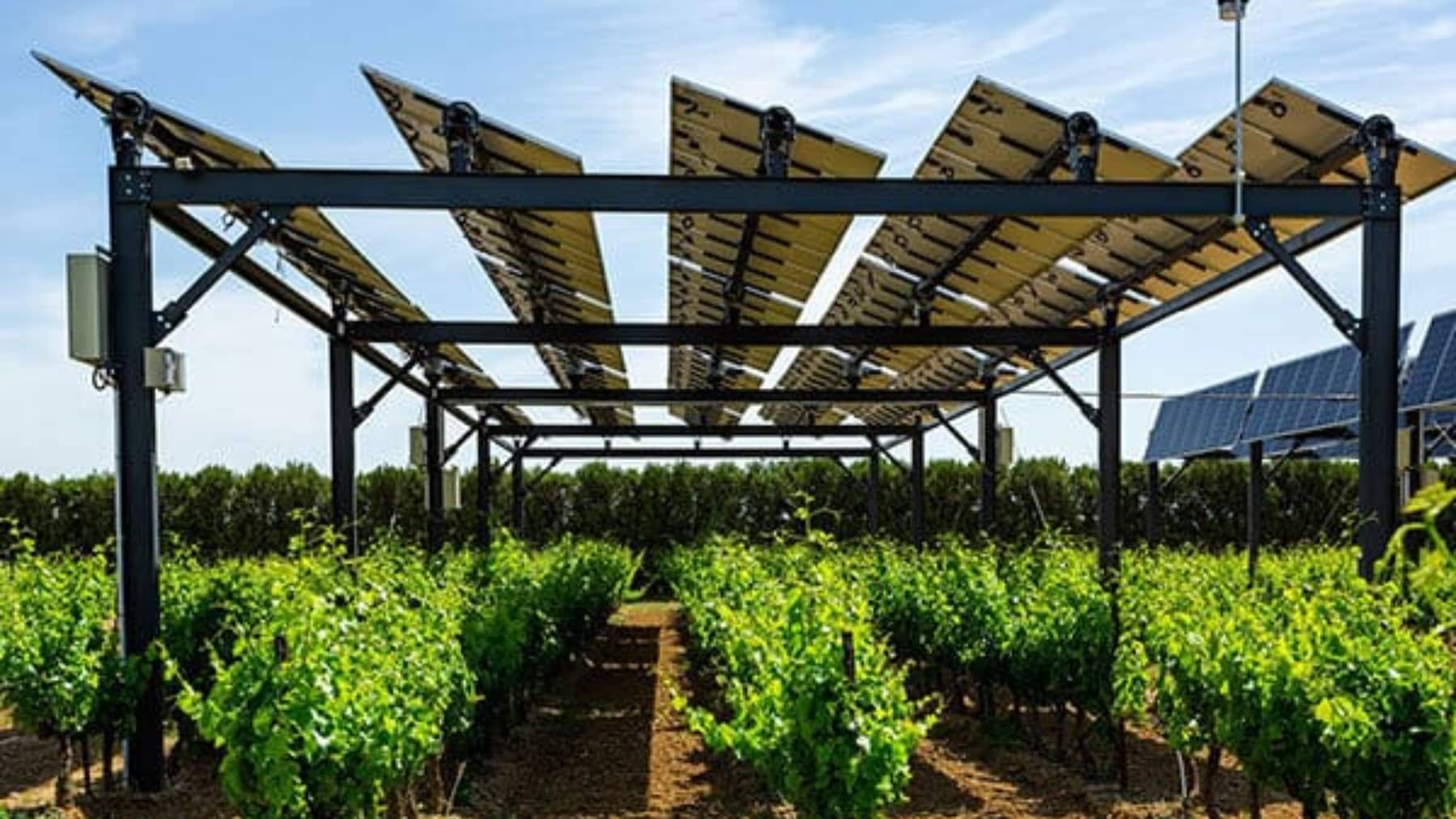Texas already grows the first “solar crops”…There’s something more shocking than its taste
November 21, 2024

Texas has introduced something different and interesting in the renewable energy industry. From wind farms to oil fields, Texas has long been recognised for its energy breakthroughs. With “solar crops,” a state-of-the-art agrivoltaic technology that blends agriculture and solar energy generation, it is already setting new standards.
Beyond the farm-to-table idea, this creative method offers unforeseen advantages while meeting the demands of sustainable energy and food production. This novel strategy entails the peaceful coexistence of agricultural and solar energy generation on the same piece of land. It is quite interesting to imagine that we can utilise agriculture for food and energy generation simultaneously.
Agrivoltaics: The fusion of Agricultural Ingenuity and Solar Panels
Agrivoltaics, also known as co-location or dual-use solar, is a land-use practice that combines solar panels with agricultural operations like pollinator habitats and crop or livestock production, according to Native Solar. Agrivoltaics maximises space by utilising the same area for both photovoltaic electricity generation and agriculture, in contrast to standard solar farms that monopolise vast tracts of land.
Fundamentally, agrivoltaics incorporates solar panels with farming practices, allowing farms to generate electricity from sunshine while cultivating crops. Texas has embraced this idea and transformed traditional farmlands into vibrant energy hubs thanks to its plentiful sunshine. To guarantee that enough sunshine reaches the crops below, farmers place solar panels at optimal heights and angles.
Unexpectedly, some crops benefit from the shade provided by the panels since it prevents water loss and shields them from intense heat. Farms provide sustainable energy and sustain fruitful crops at the same time, so everyone benefits. These solar farms combine food security and energy efficiency, redefining what it means to maximise land use.
Amazing advantages: It is not just for taste and energy
The advantages of “solar crops” go well beyond the table, despite the fact that the concept may sound futuristic. Crops and solar panels work together to save water since the colder temperatures under the panels mean that plants need less watering. In Texas, where farmers frequently face difficulties due to drought, this is revolutionary.
Additionally, solar panels produce clean energy that farmers may use to run their farms or feed back into the grid, giving them another source of revenue. Because less land must be cleared for energy production, the dual use of land also contributes to the preservation of natural habitats. Solar farming is a remarkably adaptable alternative because of these advancements.
Agrivoltaics also lessens the negative environmental effects of conventional solar farms. Natural habitats and biodiversity are preserved by incorporating solar panels into agricultural landscapes, which lessens the demand for additional land for solar installations. This coexistence encourages a more robust and flexible approach to land use in addition to environmental sustainability.
Solar farming’s future: Growing in Texas
Texas is in a unique position to spearhead the revolution in agrivoltaics. Large tracts of agriculture and an energy system already focused on renewables are features of the state. Adding agrivoltaics to more farms could change the agricultural landscape as the demand for sustainable energy increases. There are obstacles to scaling up this technology, such as the requirement for farmer education and upfront expenses.
However, these obstacles are gradually being removed by public incentives and private investments, boosting the viability of solar farming. A recent Texas Tribune report claims that solar farms in the state are attempting to include sheep grazing into their solar installations. In addition to helping with vegetation management, this dual-use strategy gives farmers another source of revenue.
Texas’s venture into “solar crops” is more than just a fresh experiment; it’s a window into a sustainable future in which renewable energy and agriculture may coexist peacefully. Agrivoltaics, which combines solar panels with farming, offers unforeseen advantages including water conservation and enhanced crop flavour in addition to addressing pressing energy and environmental issues.
Search
RECENT PRESS RELEASES
Related Post



